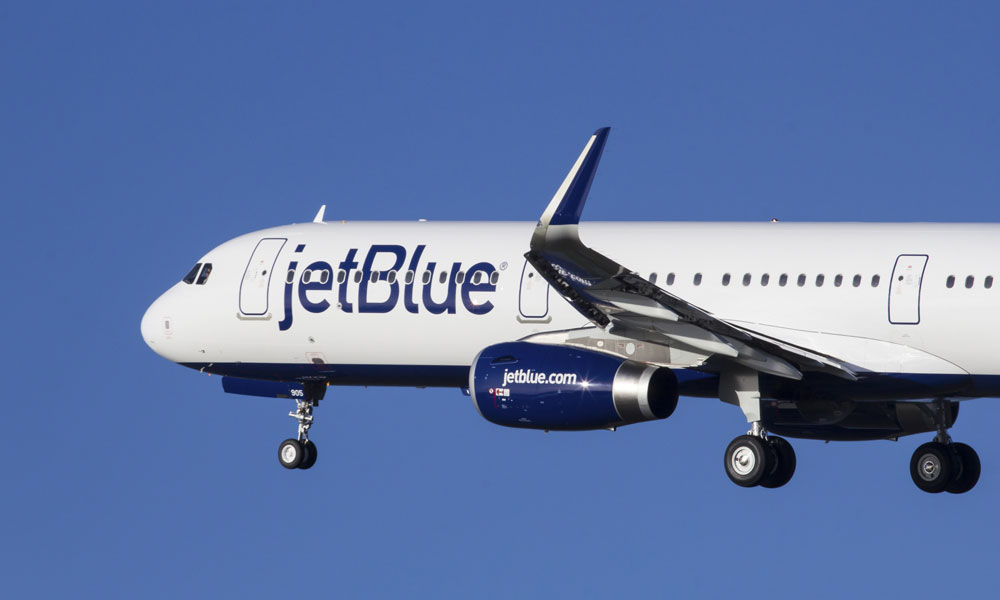
Pilot Fatigue Rules Put Pressure on Airlines
The combination of recent severe weather and new FAA rules to prevent pilot fatigue has put JetBlue (and possibly other carriers) in a tough spot. The rules have the backing of a key pilots union and others, but an airline association says implementing them has been bumpy so far.
The combination of recent severe weather and new FAA rules to prevent pilot fatigue has put JetBlue (and possibly other carriers) in a tough spot. The rules have the backing of a key pilots union and others, but an airline association says implementing them has been bumpy so far.
When JetBlue announced that it had to cancel hundreds of flights in the Northeast Corridor earlier this week, it cited the unusually harsh winter weather. But there was another factor in the decision.
“Even as airports began to reopen, though, newly launched FAA regulations on pilot duty times caused delayed flights to quickly turn into canceled ones,” the company wrote on its blog Monday.
According to an airline industry trade group, the Federal Aviation Administration’s new rules designed to minimize pilot fatigue—requiring that pilots get at least 10 hours of rest between shifts, including eight hours of uninterrupted sleep; a break period of at least 30 hours each week; and work shifts that max out at nine hours—are causing significant disruptions in flight schedules, compounding weather-related delays in recent days.
Airlines for America (A4A), which represents the major carriers, suggested to the travel publication Skift that JetBlue is not alone in its concerns. “[W]e have heard anecdotally from some member carriers that [the rule change] was a contributing factor and we will continue to work closely with the FAA to identify specific issues related to the implementation of the rule and propose solutions in response,” A4A spokeswoman Katie Connell said.
Prep work
But the fatigue rule changes were not a surprise for airlines. They were announced in 2011, and many airlines have created new systems for time and logistical management as a result.
JetBlue, for example, began using an iPad-based crew-tracking program to ensure shifts are being organized effectively, and the Regional Airline Association says that its members have boosted pilot staffing. It’s a change, however, from previous efforts by airlines, which often tried to stretch resources: In the past, JetBlue has faced criticism for testing crew endurance.
Pilot groups back change
The Air Line Pilots Association (ALPA), a key advocate for commercial pilots, says the new rules should help reduce pilot fatigue and increase safety of air travel.
ALPA, which pushed for better management of fatigue, even developed an iOS app to help pilots calculate their time under the new standards. However, the rules do not apply to cargo pilots, who “fly the same aircraft types over the same routes, into and out of the same airports, as passenger airline pilots,” the association said in a statement. (A4A opposes extending the fatigue rules to cargo pilots.)
In an interview with the Wall Street Journal, Capt. Don Wykoff, president of the International Federation of Air Line Pilots’ Associations, who has worked with ALPA on pilot fatigue issues, suggested that the airlines’ current logistical troubles are partly due to poor planning. “The airlines that started late…are likely those that will face the most trouble,” he said.
JetBlue recently cited pilot fatigue rules as a factor in its decision to cancel a number of flights. (iStock Editorial/Thinkstock)






Comments